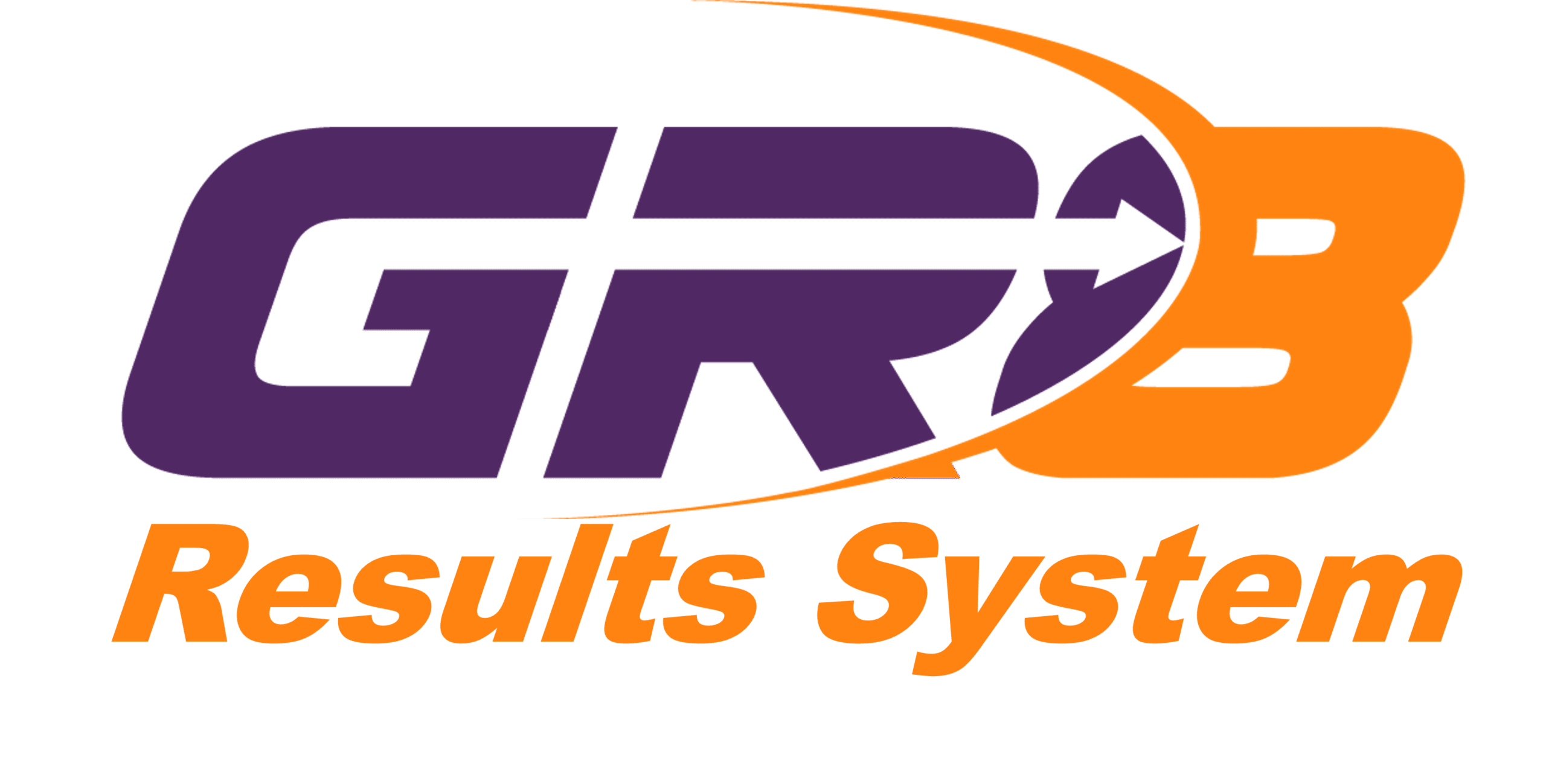When you engage your team in developing your company's purpose, it helps them truly internalize it and make it a part of who they are. To ensure your team not only understand but also live your company’s purpose, engage them in the process of creating it from the start. This way, the purpose becomes deeply ingrained in their daily work and mindset.

Generally, it's better not to restrict the development of your purpose to just a select group. Doing so means missing out on the valuable opportunity to engage your entire workforce in this essential conversation.
The true power of embedding the Purpose into your teams overall philosophy comes from consistently discussing it as part of your regular work routine. To make this approach effective, here are three key thoughts to help you adopt this powerful development strategy.
Team development strategy #1 think months
Months may seem like a long time, and it might not seem appealing because you’re eager to move on to other issues. However, when it comes to something as essential as purpose, consistently discussing its meaning and the words associated with it helps plant the seed in people's minds.
Can it be done in days? Sure, it's possible, but it's less likely to truly become a part of the team or organization's vocabulary. In my experience, repetition is key when addressing important issues. Purpose, values, strategy, and goals are foundational, and they need to be revisited early and often.
Generally, it will take months—not days—to truly engrain this into people's minds. A good rule of thumb is that when you’re sick and tired of talking about purpose, that’s probably when many people are starting to pay attention. If you want this to be a quick process, you can write a purpose statement and put it on the wall, but that’s all it will be—just a document on the wall.
It’s up to you when you want a final statement or slogan, but be clear about when that date will be. Ideally, it’s far enough in the future to give people plenty of opportunities to discuss it, make revisions, and fully absorb it.
Team strategy #2 think workable
Here is a great statement - "Perfect is the enemy of good." And, a better statement, "Perfect is the enemy of productivity!"
The creative process works best when you ACT - LEARN - ADJUST (ALA) Make sure that you apply ALA when you develop your Purpose. Create your first draft and present it to the people. Develop new thoughts and ideas for the second draft if you want. But wait for their response and feedback before putting out the next draft.
In the beginning, focus on gathering reasonable and workable ideas. As your team discussions progress regarding your plans development and the words are refined, you can become more selective. Eventually, you’ll reach a point where you can declare the current draft acceptable as it stands—until someone presents a truly great idea that warrants further revision.
Team strategy #3 think discussion
The discussion about the Purpose is essential to the process. Make it a regular part of your team meeting schedule by starting each meeting with a brief discussion of the purpose. This not only engages the team in developing the purpose but also sets the tone for the discussions that follow.
Also, ensure you have time to attend these team meetings and listen to the group discussions. This allows you to understand the reasoning behind the suggested changes and gives you valuable insight into their perspectives.
An easy development process to utilize
The times shown below can be adjusted to fit your particular situation. Providing adequate time to engage your team in the discussion is essential. Remember, when you are developing your purpose - repeat, repeat, repeat!
- Develop a draft purpose
- Provide a draft to your business—propose it as a starter kit
- Make the purpose discussion a part of all meetings, especially recurring team meetings
- Discuss adjustments or complete revisions at the first few meetings—allow wholesale changes
- Discuss refinements in following meetings as the purpose takes shape
- Declare a working draft when few or no changes are offered
- Operate with the working draft for three to six months
- Revisit the draft in three months and six months; propose and ask for changes
- After six to nine months, declare the Purpose as official
- Revisit at least every 12 months
